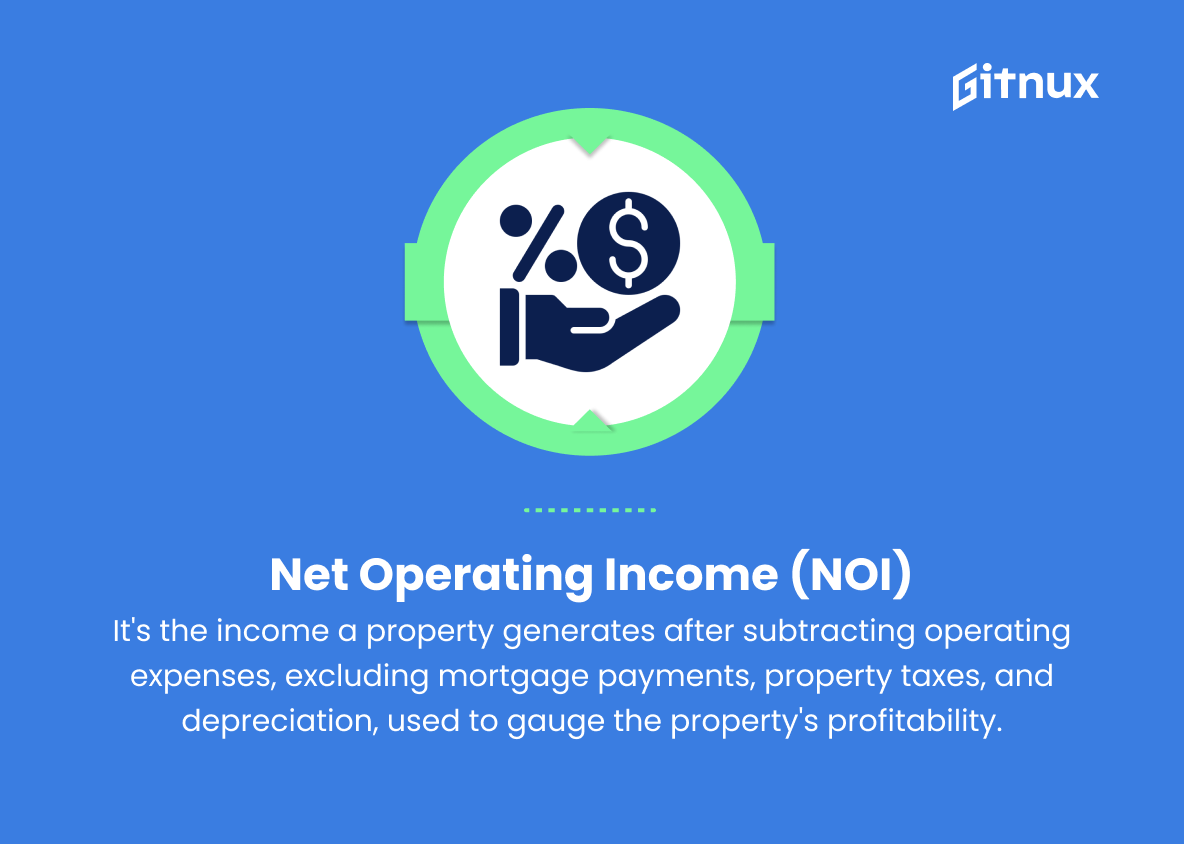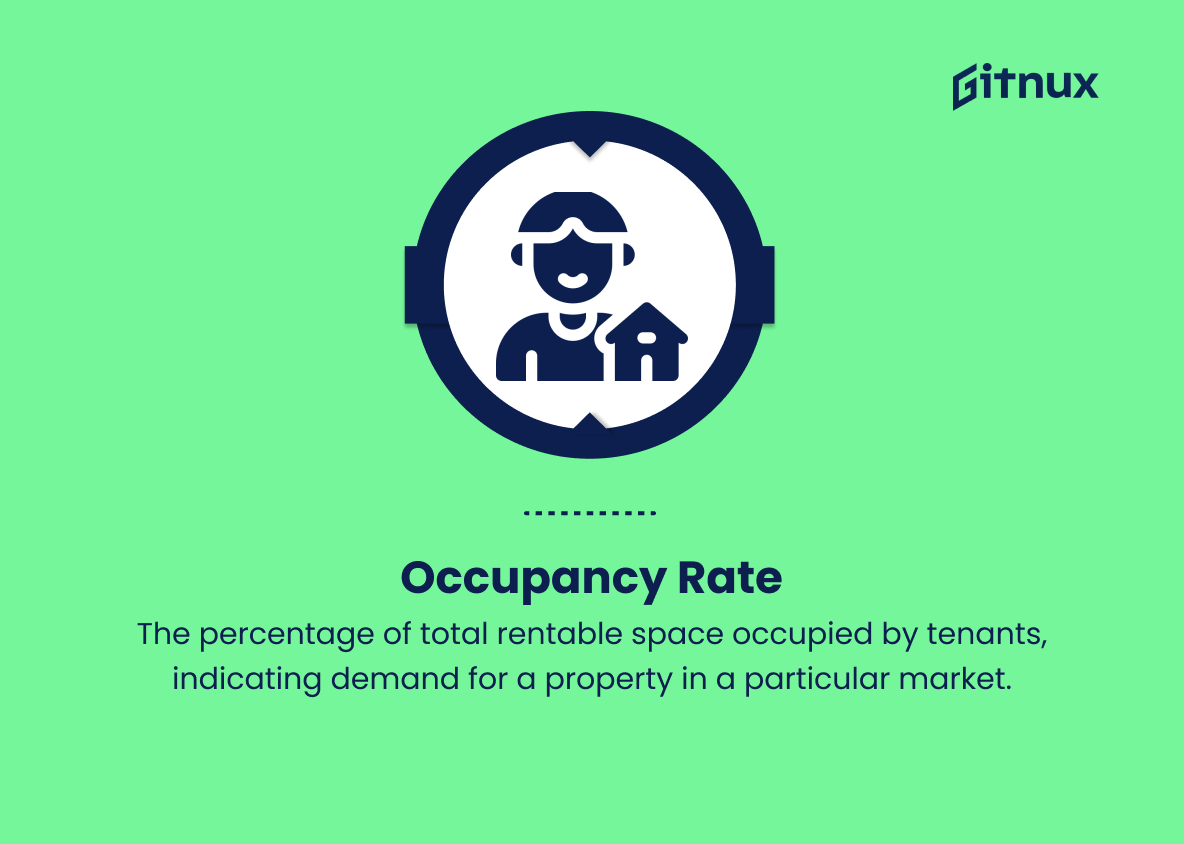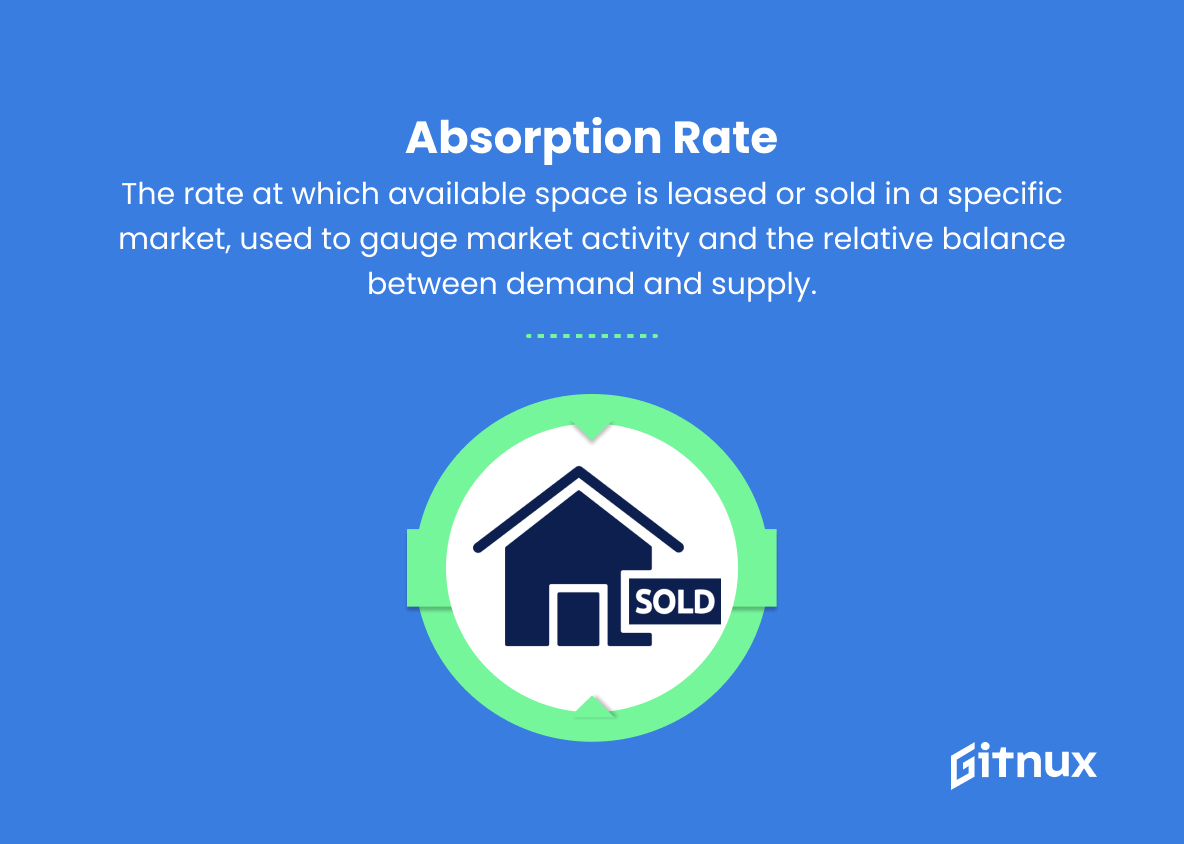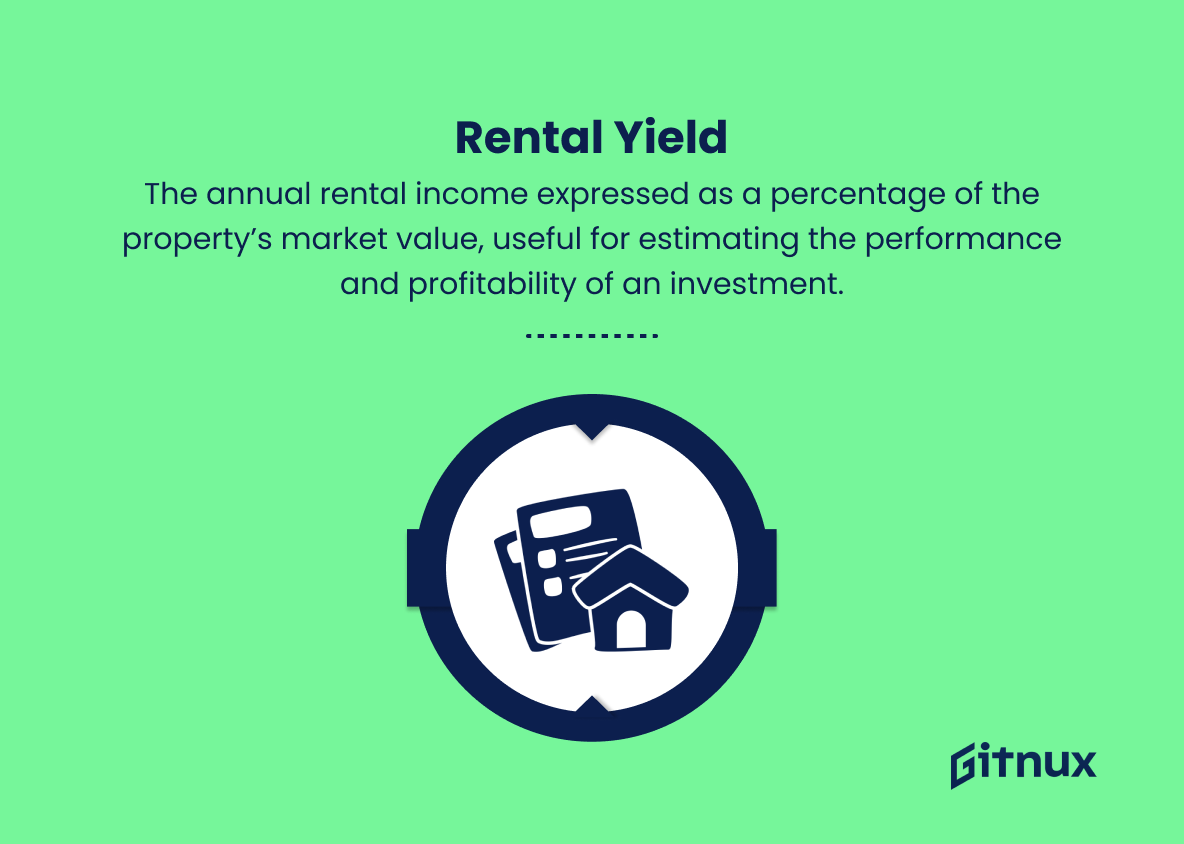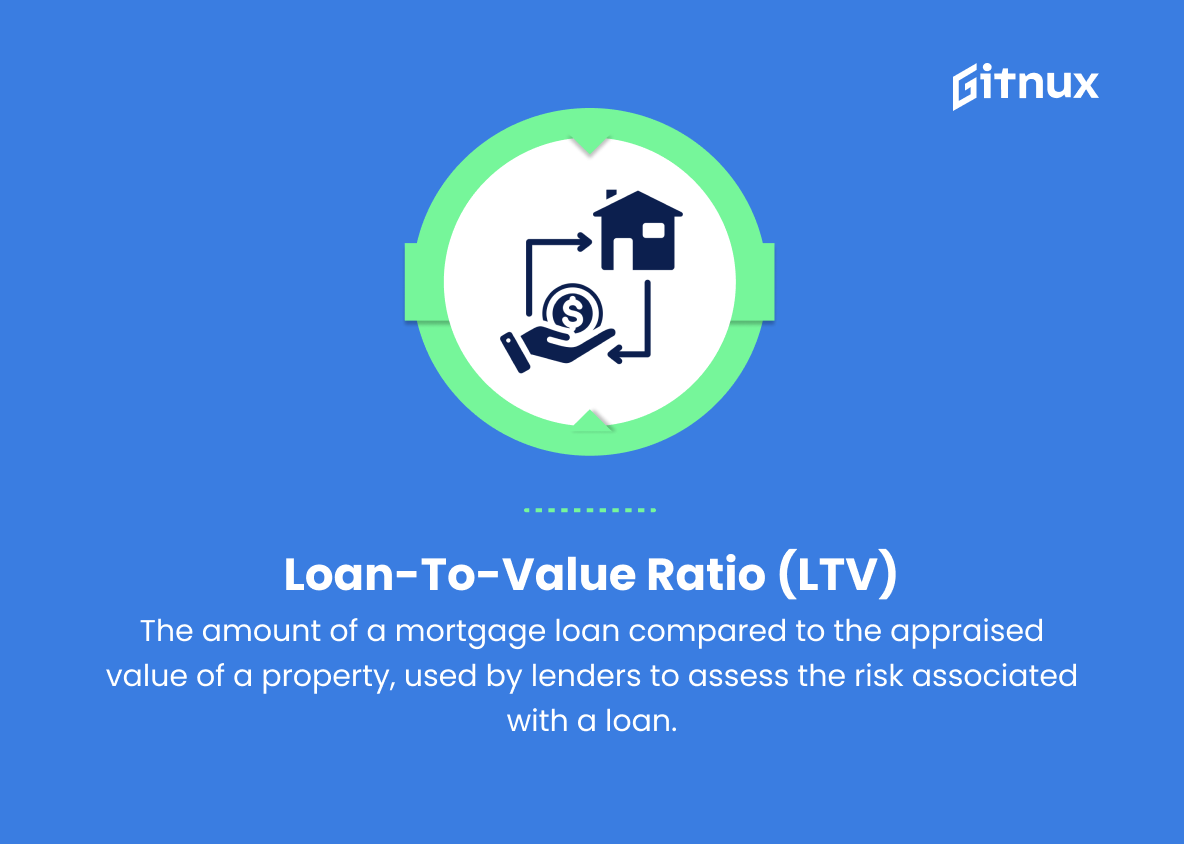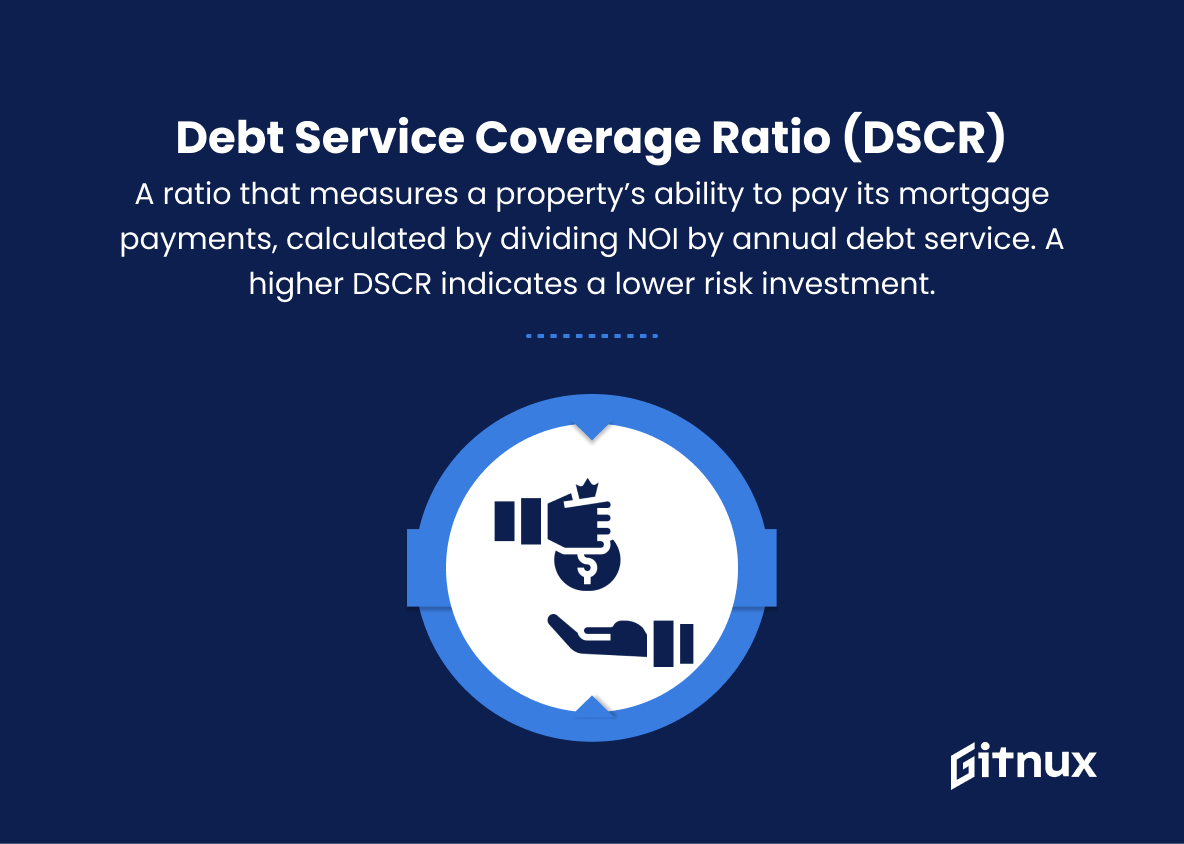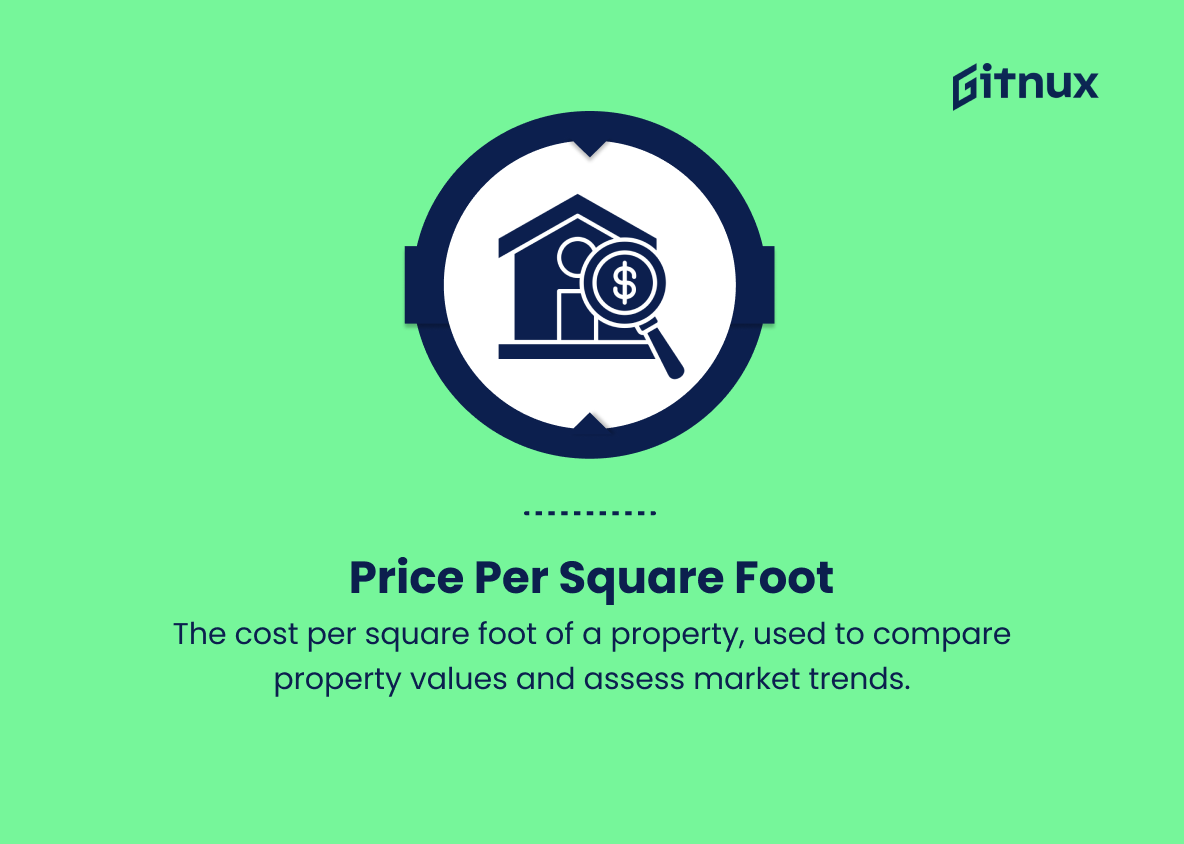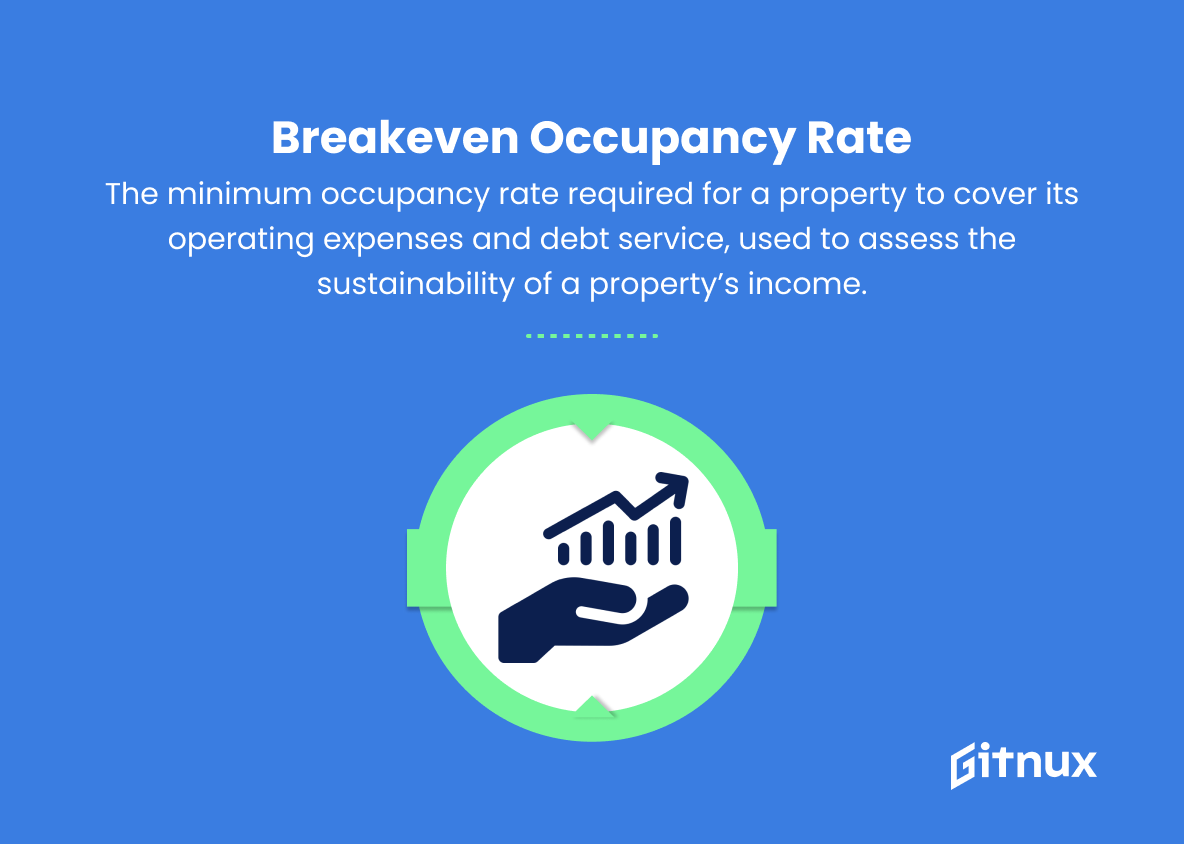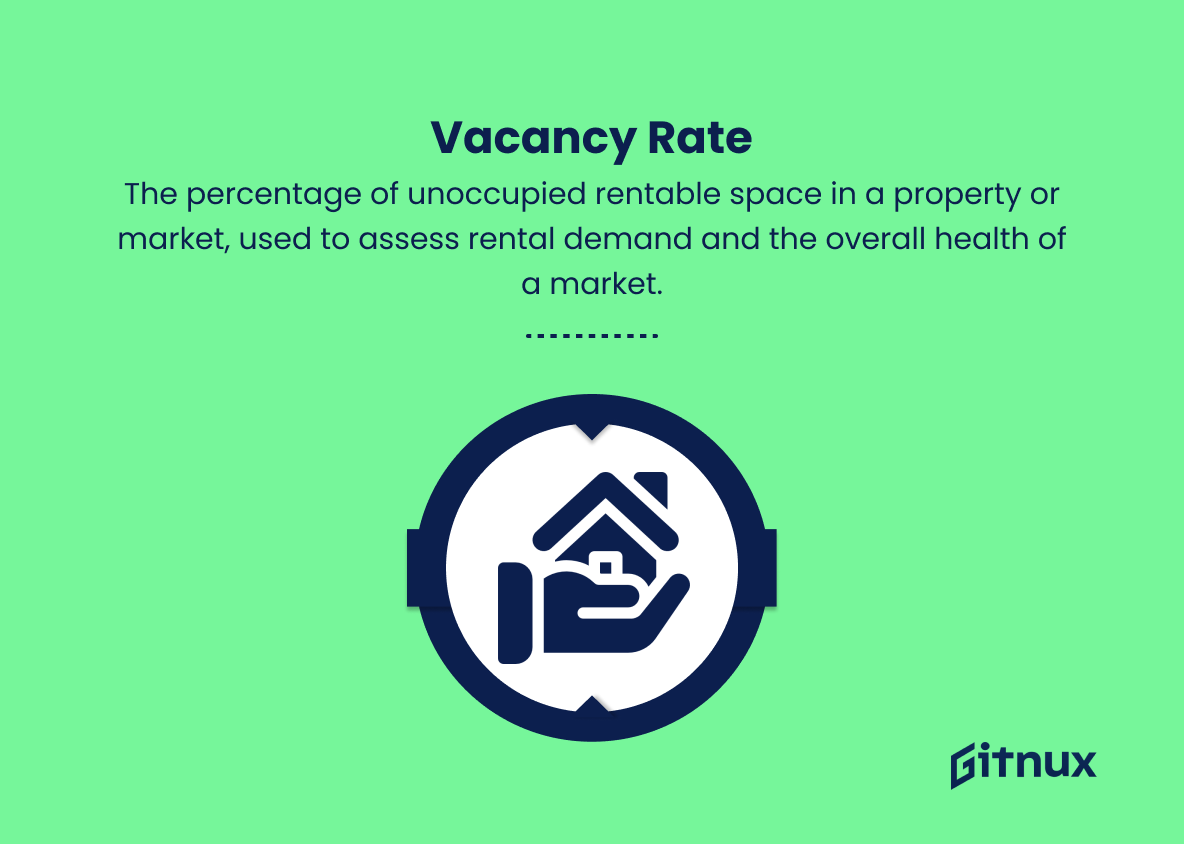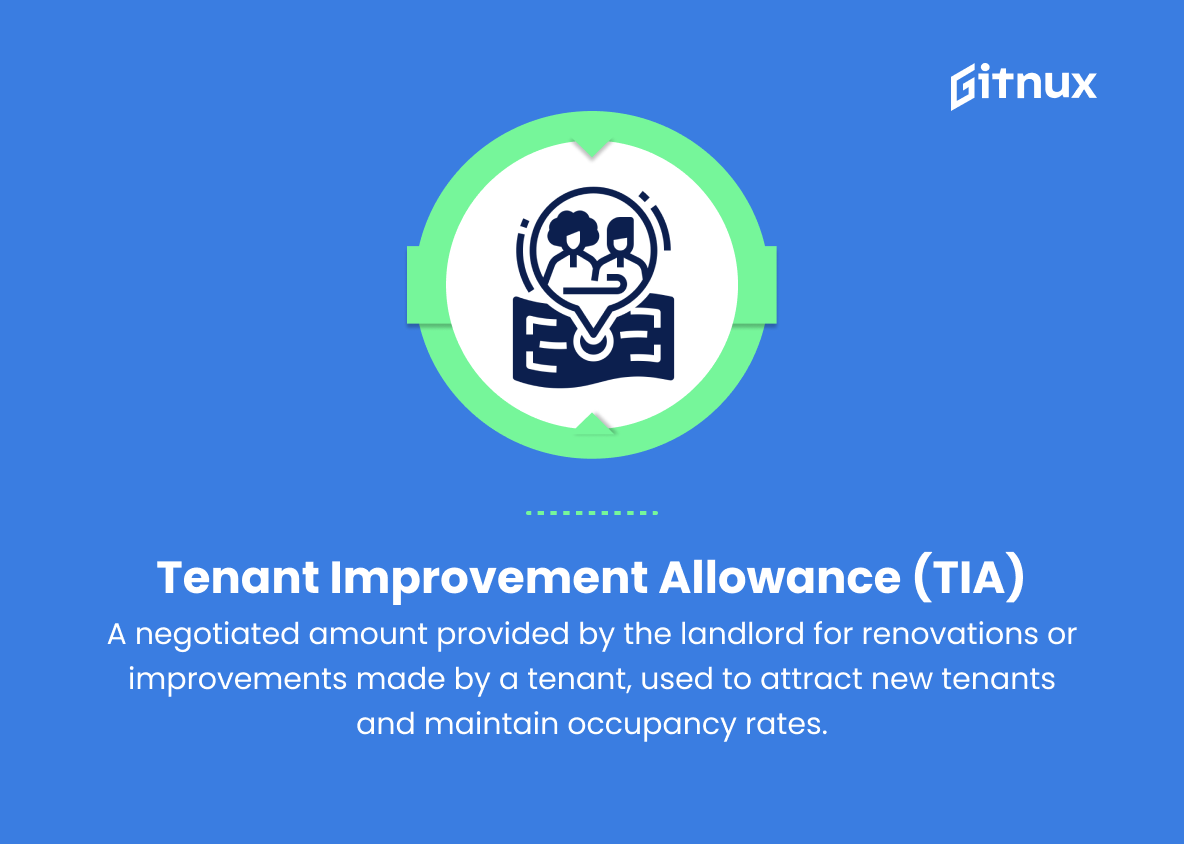In the competitive and ever-evolving world of commercial real estate, understanding key metrics is crucial for making informed investment decisions and ensuring long-term success. In this comprehensive blog post, we will delve into the most pertinent commercial real estate metrics, explaining their significance and impact.
From capitalization rates to lease market analysis, our goal is to equip you with the necessary knowledge to navigate this complex industry with confidence and acumen. Whether you are a seasoned investor or just venturing into the realm of commercial real estate, this guide will provide valuable insights that can help you optimize your strategy and stay ahead of the curve.
Commercial Real Estate Metrics You Should Know
1. Capitalization Rate (Cap Rate)
A ratio comparing a property’s annual net operating income (NOI) to its market value, used to estimate an investor’s potential return on investment.
2. Gross Rent Multiplier (GRM)
A metric that calculates the number of years it will take to recover a property’s purchase price through gross rents, useful for comparing properties with similar characteristics.
3. Net Operating Income (NOI)
The total income generated by a property after subtracting operating expenses (excluding mortgage payments, property taxes, and depreciation), used to determine a property’s profitability.
4. Cash on Cash Return (CoC)
A metric that measures the annual return on investment, calculated by dividing annual pre-tax cash flow by an investor’s initial cash investment.
5. Occupancy Rate
The percentage of total rentable space occupied by tenants, indicating demand for a property in a particular market.
6. Absorption Rate
The rate at which available space is leased or sold in a specific market, used to gauge market activity and the relative balance between demand and supply.
7. Gross Leasable Area (GLA)
The total amount of floor space available for rent, including public and private areas, used to evaluate the size and potential rent revenue of a property.
8. Rental Yield
The annual rental income expressed as a percentage of the property’s market value, useful for estimating the performance and profitability of an investment.
9. Loan-to-Value Ratio (LTV)
The amount of a mortgage loan compared to the appraised value of a property, used by lenders to assess the risk associated with a loan.
10. Debt Service Coverage Ratio (DSCR)
A ratio that measures a property’s ability to pay its mortgage payments, calculated by dividing NOI by annual debt service. A higher DSCR indicates a lower risk investment.
11. Price per Square Foot
The cost per square foot of a property, used to compare property values and assess market trends.
12. Breakeven Occupancy Rate
The minimum occupancy rate required for a property to cover its operating expenses and debt service, used to assess the sustainability of a property’s income.
13. Internal Rate of Return (IRR)
The annualized rate of return on an investment, taking into account income, appreciation, and the time value of money. IRR is used to evaluate the profitability of an investment over time.
14. Vacancy Rate
The percentage of unoccupied rentable space in a property or market, used to assess rental demand and the overall health of a market.
15. Tenant Improvement Allowance (TIA)
A negotiated amount provided by the landlord for renovations or improvements made by a tenant, used to attract new tenants and maintain occupancy rates.
16. Economic Base Analysis
A study of a local area’s economy, focusing on the primary industries that drive growth and employment, useful for understanding market dynamics and potential commercial real estate demand.
Commercial Real Estate Metrics Explained
Commercial real estate metrics provide valuable insights into property investments and market conditions, enabling investors to make informed decisions. The Capitalization Rate (Cap Rate) and Gross Rent Multiplier (GRM) allow investors to estimate potential returns and compare properties, while metrics like Net Operating Income (NOI) and Cash on Cash Return (CoC) provide an understanding of a property’s profitability. Analyzing occupancy, absorption, and vacancy rates enables investors to gauge demand within a market, while Gross Leasable Area (GLA) assists in evaluating rent revenue potential. Examining rental yield, Loan-to-Value ratio (LTV), and Debt Service Coverage Ratio (DSCR) provides insights into the performance, risk, and sustainability of investments.
To make holistic comparisons, investors use metrics such as price per square foot and breakeven occupancy rate. Metrics like Internal Rate of Return (IRR) assess profitability over time, while Tenant Improvement Allowance (TIA) evaluates leasing incentives. Lastly, conducting an Economic Base Analysis helps investors understand local market dynamics and potential demand, crucial to making sound commercial real estate decisions.
Conclusion
In conclusion, understanding and effectively utilizing commercial real estate metrics is essential for investors, property owners, and real estate professionals alike. By having a solid grasp of key performance indicators, such as cap rates, cash-on-cash return, NOI, and occupancy rates, stakeholders can make informed decisions to optimize returns, minimize risk, and ensure long-term success in the commercial real estate industry.
To stay competitive in an ever-evolving market, it’s crucial to continually monitor trends, stay current on industry news, and hone the skills needed to interpret and analyze these critical metrics. Ultimately, embracing the power of commercial real estate metrics can unlock doors to lucrative opportunities and pave the way toward a robust and promising future in the world of property investments.


